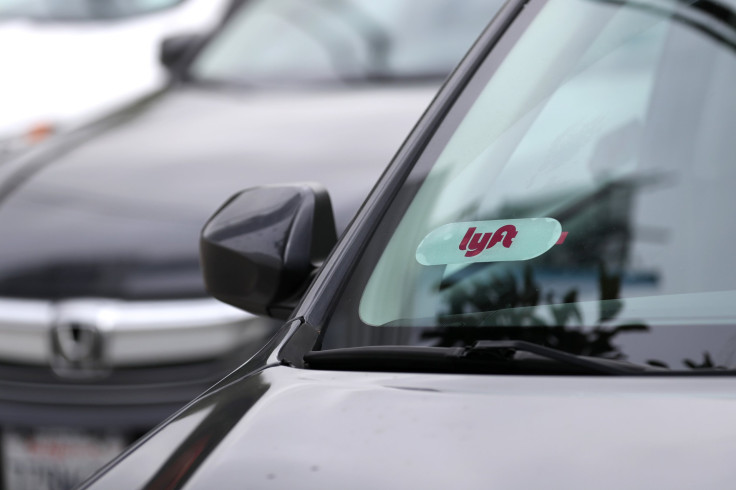Where Will Lyft Be In 1 Year?

The rookie season for ridesharing stocks hasn't gone according to plan. Shares of Uber Technologies (NYSE:UBER) and the smaller but faster-growing Lyft (NASDAQ:LYFT) are still trading below their IPO prices, but things might not always stay that way.
Lyft is living up to its end of the bargain when it comes to growth. Revenue soared 95% in the first quarter, and we'll find out soon how the second quarter played out as it reports in two weeks. The losses are substantial for both Uber and Lyft, but the market ultimately rewards popular concepts. Folks are relying more on car-hailing services than ever before, and it wouldn't be a surprise to see Lyft trading comfortably above its IPO price a year from now.
2020 vision
Suggesting that Lyft will no longer be a broken IPO in 12 months isn't as brazen as it may have seemed two months ago when Lyft was bottoming out at $47.17, and a 53% gain away from hitting its March IPO price of $72. However, with Lyft outpacing the market's gains over the past two months, the shares are now just a 10.4% rise away from poking its head back up above its debutante price. It can happen, and if Lyft plays its cards -- and its cars -- just right, it will happen.
Let's start with what Wall Street pros are seeing for next year. Analysts are forecasting revenue of $4.2 billion for 2020, nearly doubling from 2018 levels but a mere 27% increase over this year's target. Decelerating top-line growth isn't a surprise, and it won't break Lyft -- especially since these same analysts see Lyft's red ink narrowing.
Outright profitability won't happen until 2023 at the earliest, but there are a lot of things that Lyft can do to transform itself into a market darling. It can continue to gain market share on Uber domestically, and if it can do so without having to resort to margin-squeezing promotional activity, it would be a win for both companies.
Lyft can also follow Uber overseas. Uber has had a lot of success with its international expansion, and that will only grow when it closes on its $3.1 billion deal for Careem, a ridesharing leader in the Middle East, North Africa, and Pakistan. Lyft has limited its passport stamps to North America. Lyft said in May's earnings call -- its first as a public company -- that it is 100% focused on the U.S. and Canada at the moment, with no current plans to toss out a larger net. That will inevitably change.
The more logical move will be to follow its larger rival into restaurant delivery. Uber Eats has become an important part of Uber's model, as it increases usage on the platform for consumers while also widening the available pool for drivers since cars delivering take-out orders don't have to be as well-equipped as its passenger toting personal mobility business.
Lyft may be ready to tiptoe into a new country by net summer, and if it decides to follow Uber into leveraging its fleet and ride-scheduling platform into restaurant delivery and even freight logistics it won't be a surprise. Lyft's growing audience will also make it a natural for the partnerships that it's been able to broker with with everyone from a credit card giant to leading travel providers including a pair of major airlines and a huge lodging chain.
Lyft has momentum on its side. All it takes is any of these levers -- international expansion, restaurant delivery, or brand partnerships -- to push growth well ahead of the 27% that analysts are settling for next year. Lyft is unlikely to be a broken IPO a year from now, and it could be trading a lot higher than its market debut price.
This article originally appeared in The Motley Fool.
Rick Munarriz has no position in any of the stocks mentioned. The Motley Fool recommends Uber Technologies. The Motley Fool has a disclosure policy.



















